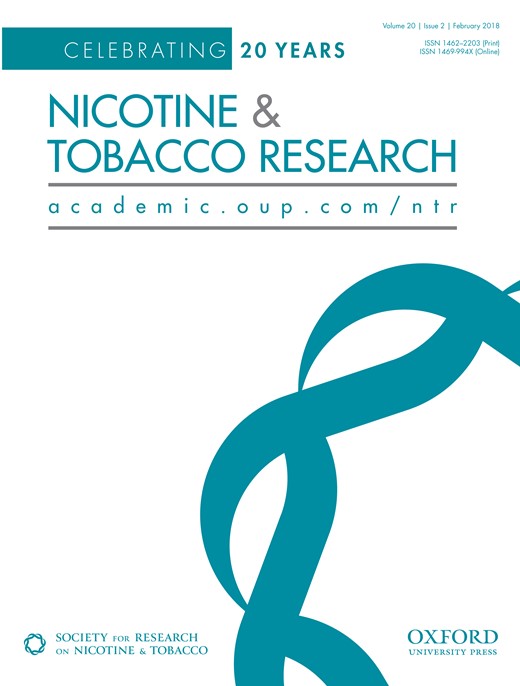-
Views
-
Cite
Cite
Melissa Chapman Haynes, Ann W St. Claire, Raymond G Boyle, Anne Betzner, Testing and Refining Measures of Secondhand Smoke Exposure Among Smokers and Nonsmokers, Nicotine & Tobacco Research, Volume 20, Issue 2, February 2018, Pages 199–205, https://doi.org/10.1093/ntr/ntw315
Close - Share Icon Share
Abstract
Over the past few decades, tobacco control efforts have made great strides in making smoke-free air the norm; 30 states in the United States have implemented 100% smoke-free laws. Despite this progress, the evolution of the measurement of secondhand smoke (SHS) exposure has lagged.
Cognitive testing was used to explore the functioning and limitations of current SHS surveillance items; many items are frequently used for statewide or national surveillance. A total of 20 nonsmokers and 17 smokers participated in a cognitive interview.
Overreporting of SHS was evidenced in our analysis as thirdhand smoke exposure was being included in the assessment of SHS exposure, likely due to the successful implementation of indoor smoking bans. Also asking about locations of SHS exposure outside of work, home, or a personal vehicle is important because these alternative locations were sometimes the only incidence of SHS exposure.
Survey questions about SHS should: (1) reduce the ambiguity in words and phrases of items; (2) measure location of exposure; (3) measure duration of exposure; and (4) consider alternative strategies for asking smokers questions about SHS. Assessing location and duration of exposure can inform decision-makers about future SHS programming and policy work.
Commonly accepted survey measures of SHS exposure need to be reevaluated to assure that the intended interpretation of them is still accurate given significant policy and social norm change. This paper assesses current SHS surveillance items and provides recommendations for revisions.






Comments